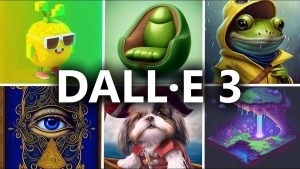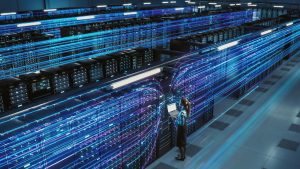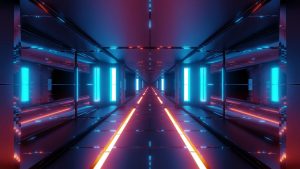Artificial intelligence has revolutionized image generation, but achieving realistic nighttime visuals remains a challenge. Many users struggle with AI image generator how to get night shots, often receiving results that look like dusk or artificially tinted images. Why does this happen, and how can users refine AI-generated night scenes? This article explores the techniques for creating accurate night shots using AI, including advanced prompt strategies, post-processing enhancements, and the best AI tools for night photography effects.
Understanding AI’s Challenges in Night Image Generation
Why AI Struggles with Night Scenes
Most AI models, including Dall-E Generate, rely on deep learning algorithms trained on vast datasets of images. However, many of these datasets contain fewer nighttime images compared to well-lit daytime scenes. This imbalance can lead to AI generating images that are:
- Overly bright – AI may interpret “night” as twilight rather than deep darkness.
- Unrealistic in color tones – Some models apply a simple blue or purple tint instead of natural night lighting.
- Lacking proper shadows and depth – Night scenes require detailed contrast adjustments that AI may struggle to replicate.
Understanding these challenges is crucial when working with an AI image generator how to get night shots that look natural and convincing.
Recommended reading:
- Ai Image Generator Can’T Make It Night
- What Are The Benefits Of Text To Ai Images
- What Ai Does Not Have Any Restrictions On Image Generation
- Is There An Ai That Will Search For Images
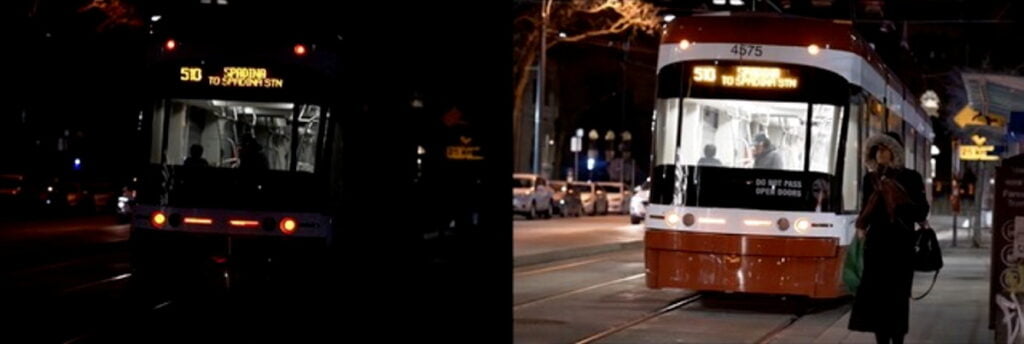
AI’s Interpretation of Nighttime Elements
AI-generated images are influenced by how the model interprets specific keywords. When a user requests a “city at night,” the AI might overemphasize artificial lighting and underplay darkness. Similarly, if the term “moonlit forest” is used, AI may prioritize bright moonlight instead of realistic shadow interplay.
Suggested for you:
- How To Remove Ai From Image Serching
- How To Ai Animate A Picture
- Ai Image Generator To Create A Webtoon Story
How to Improve AI-Generated Night Images
Crafting the Perfect Prompt for Night Shots
The most effective way to get realistic night images from an Ai That Creates Images tool is through precise and detailed prompts. Instead of a vague request like “a night street,” consider these advanced structures:
- Include environmental details – “A foggy city street at midnight, dimly lit by neon signs and streetlights.”
- Describe light sources clearly – “A starry night over a quiet lake, soft moonlight reflecting on the water.”
- Mention contrast levels – “A dark alley with minimal ambient lighting, deep shadows stretching across the walls.”
The more detailed the input, the better the AI can generate a realistic nighttime setting.

Using AI Features to Enhance Night Scenes
Some AI tools offer customization settings that can improve the accuracy of night shots. Features to look for include:
- Lighting control – Adjust brightness and contrast before image generation.
- Shadow enhancement – Some AI models allow users to emphasize shadow depth.
- Color grading options – Look for AI tools that support customized color tones for night environments.
Adding Specific Elements for Realism
AI-generated night shots become more convincing when realistic nighttime elements are included in prompts. Examples of such elements are:
- Stars and moon – “A bright full moon illuminating a foggy forest.”
- Streetlights and neon signs – “A cyberpunk city street glowing with neon blue and red lights.”
- Car headlights and reflections – “A dark rainy highway with glowing headlights reflecting on wet asphalt.”
These elements guide AI into producing images that look naturally dark without losing key details.
Don’t miss this guide:
- Sketch To Image Ai
- Local AI Image GeneratorAi Image Prompt Generator
- Which Ai Image Generation Keeps Characterss There An Ai That Will Search For Images

Post-Processing Techniques for Better Night Images
Adjusting AI-Generated Images with Editing Tools
If an AI-generated night scene lacks realism, users can enhance it with image editing software. Common adjustments include:
- Reducing brightness – Lowering exposure helps simulate natural darkness.
- Enhancing shadows – Increasing shadow depth adds authenticity to nighttime visuals.
- Color correction – Adjusting hues ensures a more natural night effect instead of an artificial blue tint.
Adding Light and Shadow Effects
For a more immersive night shot, additional elements can be incorporated:
- Glowing light sources – Adding realistic streetlights or neon glows enhances depth.
- Star or moon effects – Subtle highlights in the sky create a natural nighttime ambiance.
- Fog or mist overlays – These elements add atmospheric depth to AI-generated night scenes.
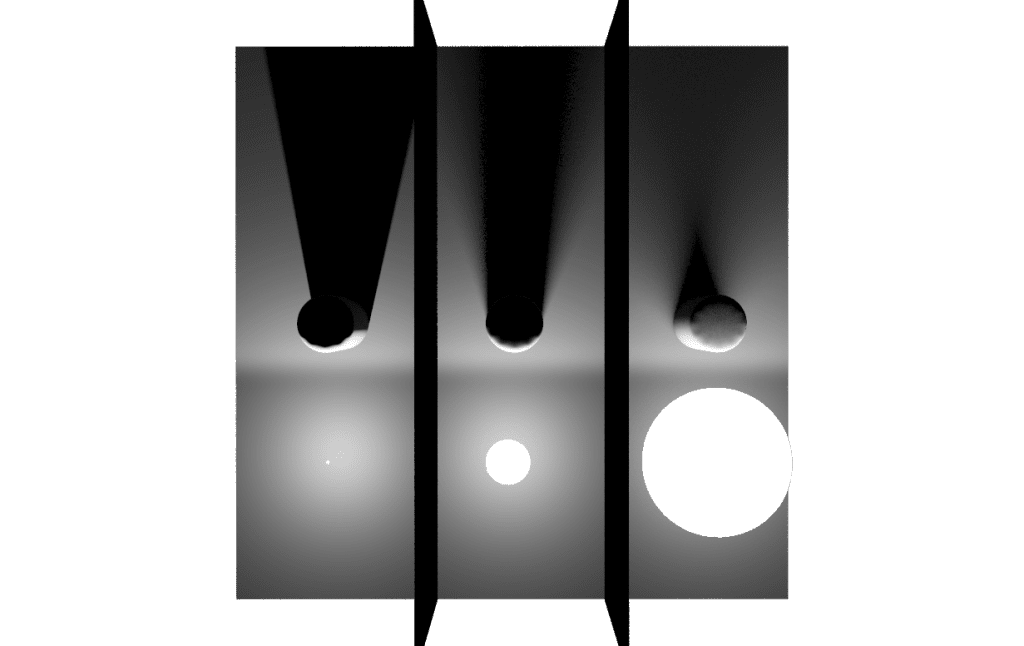
Noise Reduction for Low-Light Images
One of the biggest problems in night photography—both AI-generated and real-world—is image noise. Using post-processing tools to reduce graininess makes the image appear smoother and more natural. AI-based noise reduction tools include:
- Topaz DeNoise AI – Specializes in reducing grain while keeping details sharp.
- Adobe Photoshop AI noise reduction – Balances texture and clarity in low-light images.
Best AI Tools for Night Photography Generation
AI Image Generators That Handle Night Scenes Well
Different AI tools offer varying levels of accuracy in night image generation. The best options for achieving realistic night shots include:
- Dall-E Generate – Offers high-quality AI-generated images with customizable lighting.
- MidJourney – Produces artistic nighttime visuals with a focus on cinematic effects.
- Stable Diffusion – Allows users to fine-tune lighting and contrast in AI-generated scenes.
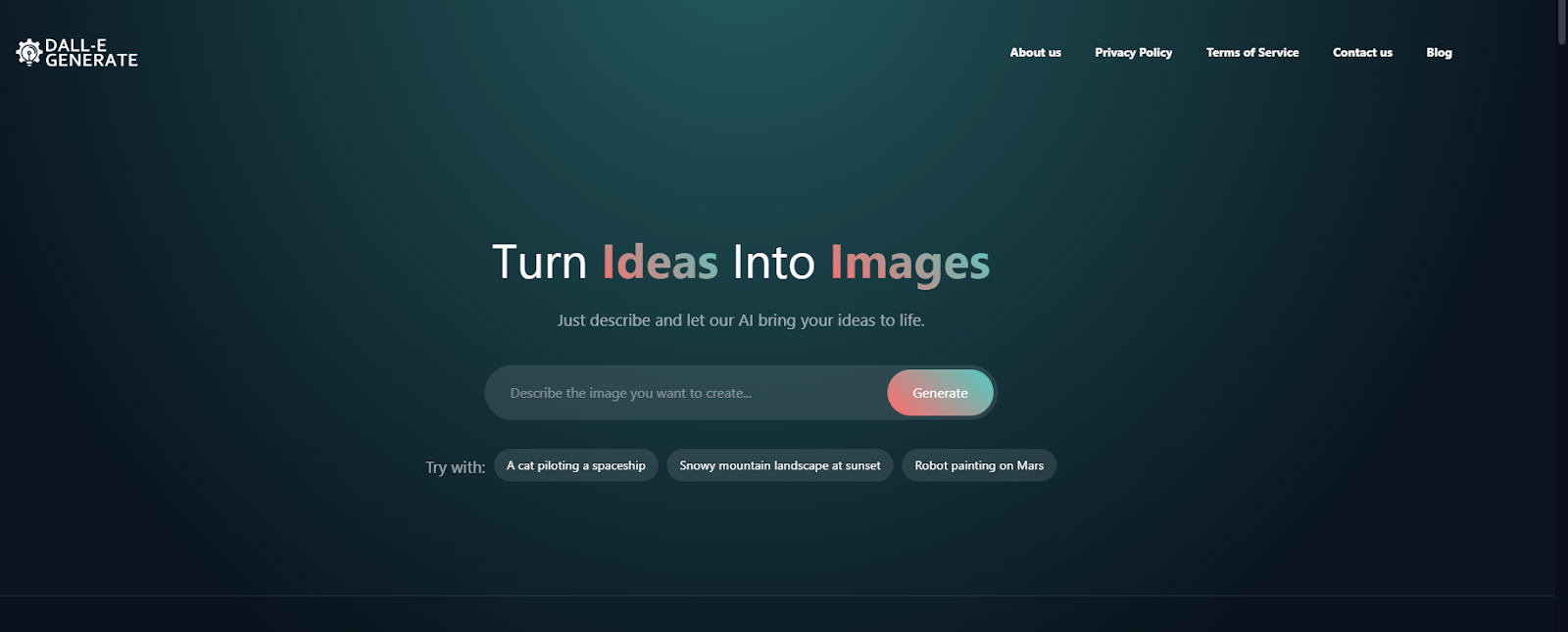
AI-Powered Enhancements for Night Photography
Some AI tools specialize in improving existing night shots rather than generating new ones. Features to look for in such tools include:
- Noise reduction – Helps eliminate graininess in low-light images.
- HDR enhancements – Adjusts contrast for more defined night elements.
- Smart relighting – Uses AI to reposition or soften light sources.
Advanced Techniques for Better Night AI Images
Using Negative Prompts to Avoid Daytime Elements
Some AI models allow negative prompts, which tell the AI what NOT to include in an image. For example:
- Avoid bright sunlight – “A dark sky without any sun or bright daylight effects.”
- Prevent unrealistic lighting – “No artificial blue tint, only natural moonlight glow.”
By specifying what to exclude, users can refine their AI image generator how to get night shots for better accuracy.
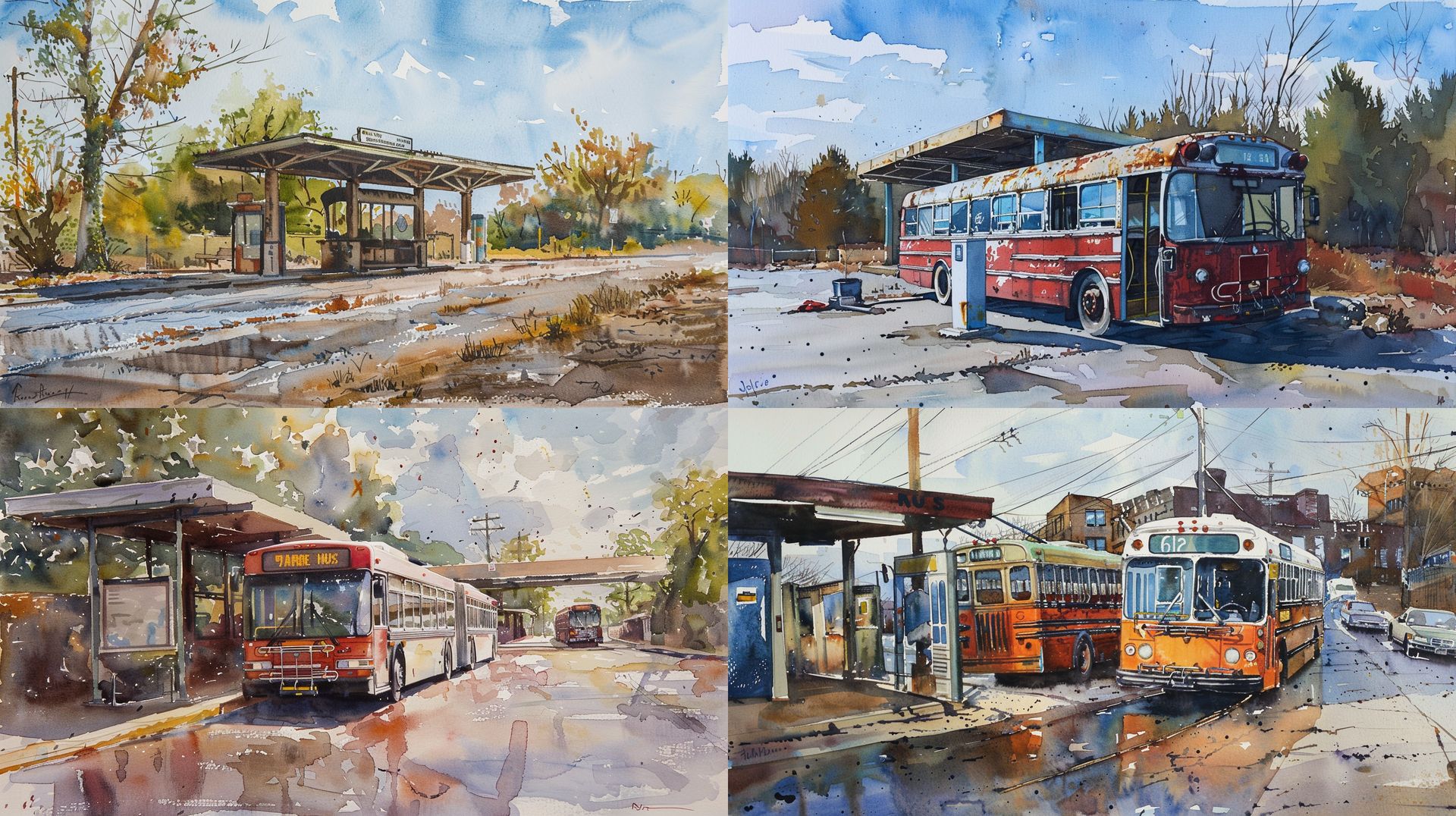
Combining AI Image Tools with Editing Software
For professionals looking for the highest-quality night images, using a combination of AI and editing software is ideal. Steps include:
- Generate a base night scene with AI.
- Refine lighting and shadow effects in Photoshop or Lightroom.
- Apply AI-based enhancements like noise reduction.
- Adjust contrast and color balance for realistic darkness.
This workflow ensures the best possible nighttime images with AI assistance.
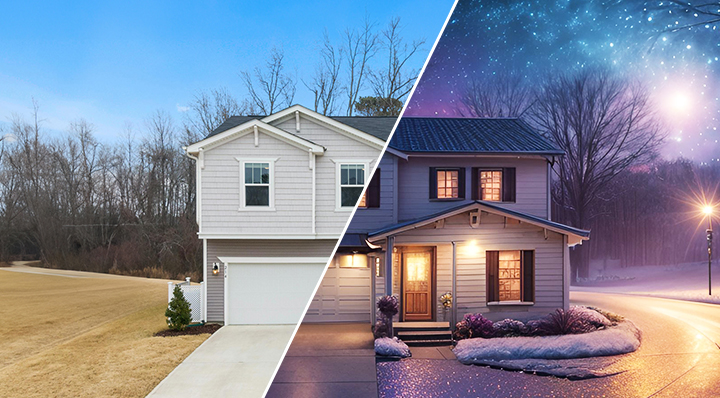
The Future of AI in Night Image Generation
Advancements in AI Night Scene Rendering
As AI models continue to evolve, improvements in nighttime image generation will focus on:
- More diverse training data – AI will learn from a larger dataset of true night images.
- Better light physics simulation – Future AI models will understand complex light interactions at night.
- Real-time AI adjustments – Users may soon be able to modify lighting conditions dynamically within AI-generated images.
AI’s Role in Professional Night Photography
Beyond image generation, AI is also playing a role in enhancing real-world night photography. Smartphone cameras now utilize AI to:
- Enhance night mode photography – AI improves clarity and reduces noise in low-light shots.
- Auto-correct exposure levels – AI analyzes scenes to adjust brightness automatically.
- Simulate professional lighting conditions – AI can create virtual light effects for more dramatic night shots.
Conclusion
Mastering AI image generator how to get night shots requires a combination of precise prompting, AI customization, and post-processing techniques. While Dall E Ai Generator has limitations in rendering darkness and realistic lighting, users can overcome these challenges with detailed descriptions, editing adjustments, and selecting the right AI tools. As AI technology advances, nighttime image generation will become increasingly sophisticated, offering even more realistic and visually compelling results.
